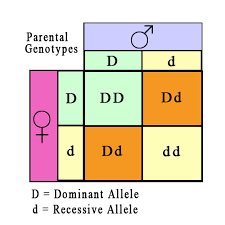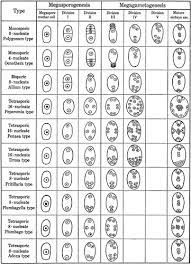LAYOUT OF ORCHARD
LAYOUT OF ORCHARD
1) Vertical row planting pattern:
Square system:
In this system, trees are planted on each corner of a square whatever may
be the planting distance. This is the most commonly followed system and is very
easy to layout. The Centre place between four trees may be advantageous used to
raise short lived filler trees. This system permits inter cropping and
cultivation in two directions.
Rectangular system:
In this system, trees are planted on each corner of a rectangle. As the
distance between any two rows is more than the distance between any two trees
in a row, there is no equal distribution of space per tree. The wider alley spaces
available between rows of trees permit easy intercultural operations and even
the use of mechanical operations.
Cluster system:
In
this system, trees are planted on each corner of a square forming a cluster and
each cluster is set apart at double the distance of trees planted in a cluster.
Although there is no equal distribution of space per tree, the wider alley
space around each cluster permits easy cultural operation. It accommodates
nearly twice the population of square system.
2) 2) Alternate row planting pattern:
Hexagonal system:
In this method, the trees are planted in
each corner of an equilateral triangle. This way six trees from a hexagon with
the seventh tree in the Centre. Therefore this system is also called as ‘
septule’. This system provides equal spacing but it is difficult to layout. The
perpendicular distance between any two adjacent rows is equal to the product of
0.866 x the distance between any two trees. As the perpendicular distance
between any two rows is less than unity this system accommodates 15% more trees
than the square system. The limitations of this system are, that it is
difficult to layout and the inter cultivation is not so easily done as in the
square system.
Diagonal or quincunx system:
This is the square method but with one more
plant in the Centre of the square. This will accommodates double the number of
plants, but does not provide equal spacing. The central (filler) tree chosen
may be a short lived one. This system can be followed when the distance between
the permanent tree is more than 10m. as there will be competition between
permanent and filler trees, the filler trees should be removed after a few
years when main trees come to bearing.
Triangular system:
The trees are planted as in square system
but the difference being that those in the even numbered rows are midway
between those in the odd rows instead of opposite to them. Triangular system is
based on the principle of isolateral triangle. The distance between any two
adjacent trees in a row is equal to the perpendicular distance between any two
adjacent rows. However, the vertical distance between immediate two trees in
the adjacent rows is equal to the product of 1.118x distance between two trees
in a row. When compared to square system, each tree occupies more area and
hence it accommodates few trees per hectare than the square system.
Contour system:
It is generally followed on the hills where
the plants are planted along the contour across the slope. It particularly
suits to land with undulated topography, where there is greter danger of
erosion and irrigation of the orchard is difficult. The main purpose of this
system is to minimize land erosion and to conserve soil moisture so as to make
the slope fit for growing fruits and plantation crops. The contour line is so
designed and graded. In such a way that the flow of water in the irrigation
channel becomes slow and thus finds time to penetrate into soil without causing
erosion.
Terrace system:
Terrace system refers to planting in flat
strip of land formed across a sloping side of a hill, lying level along the
contours. Terraced fields rise in steps one above the other and help to bring
more area into productive use and also to prevent soil erosion.
REFERENCE:
Introduction to horticulture 8th edition author N.Kumar




Comments